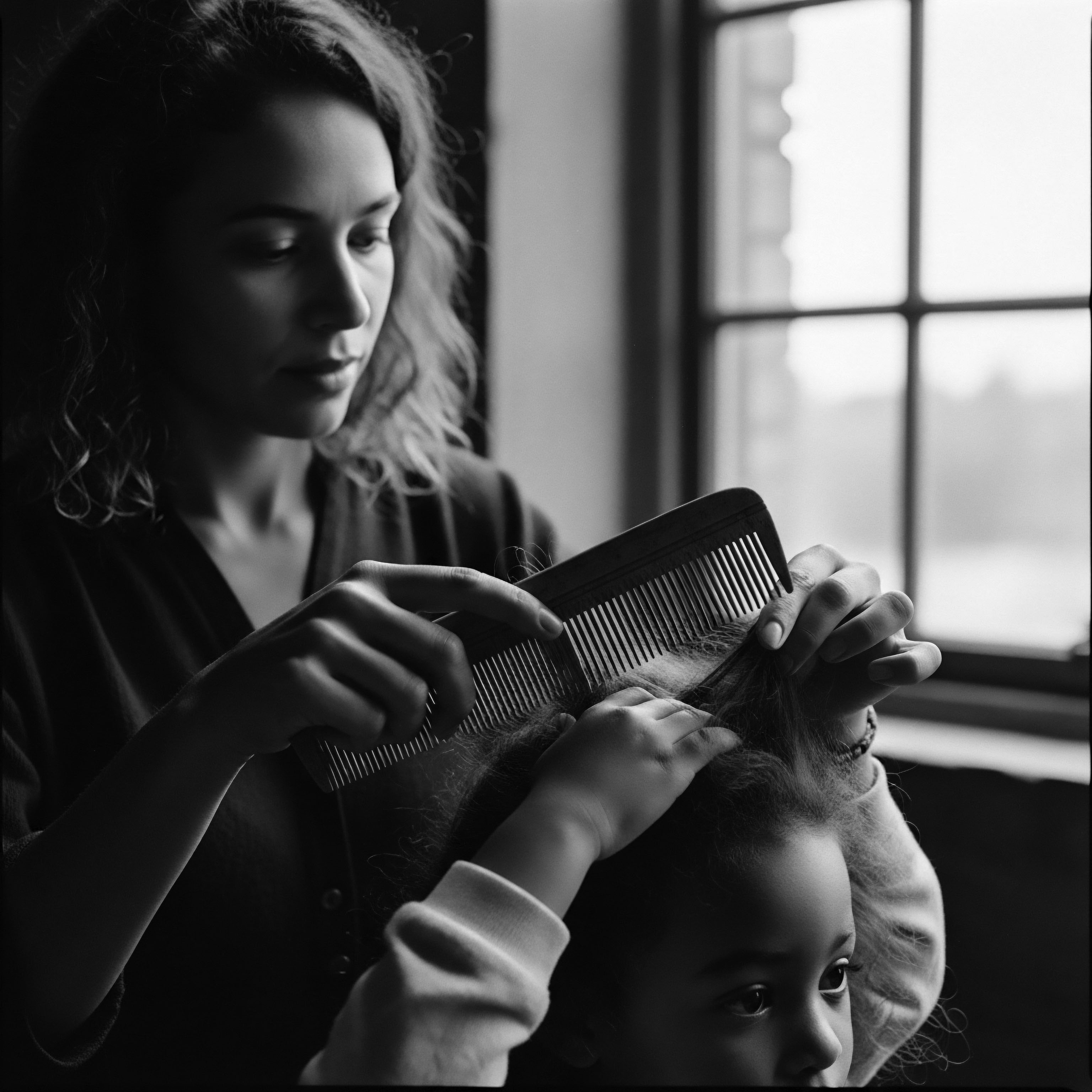
Fundamentals
The Environmental Hair Impact, within Roothea’s understanding, describes the profound and interconnected ways external factors shape the physical characteristics of hair, influence its care practices, and sculpt its symbolic significance across communities, particularly for those with textured hair. It extends beyond simple atmospheric conditions, encompassing the intricate interplay of climate, available resources, social pressures, cultural mandates, and historical events. This delineation offers a foundational perspective for individuals beginning their journey into the complex world of hair science and heritage, illustrating that hair is not merely a biological appendage but a living chronicle, susceptible to the world around it.
Consider the daily experiences of textured hair ❉ its unique coiled and curled structures, which, while offering unparalleled versatility and beauty, also present specific vulnerabilities to moisture loss and mechanical stress. The atmospheric humidity, for instance, can dictate how a curl behaves, expanding or contracting its definition. Conversely, arid environments can lead to increased dryness and breakage, demanding particular attention to hydration and protective styles.
The presence of pollutants in the air or water also leaves an indelible mark, affecting scalp health and hair fiber integrity. Recognizing these elemental influences forms the bedrock of a heritage-informed hair care philosophy, one that honors the innate needs of textured strands.
The Environmental Hair Impact serves as a living record of how external forces shape hair’s physical state, its care rituals, and its deep cultural resonance, especially for textured hair.
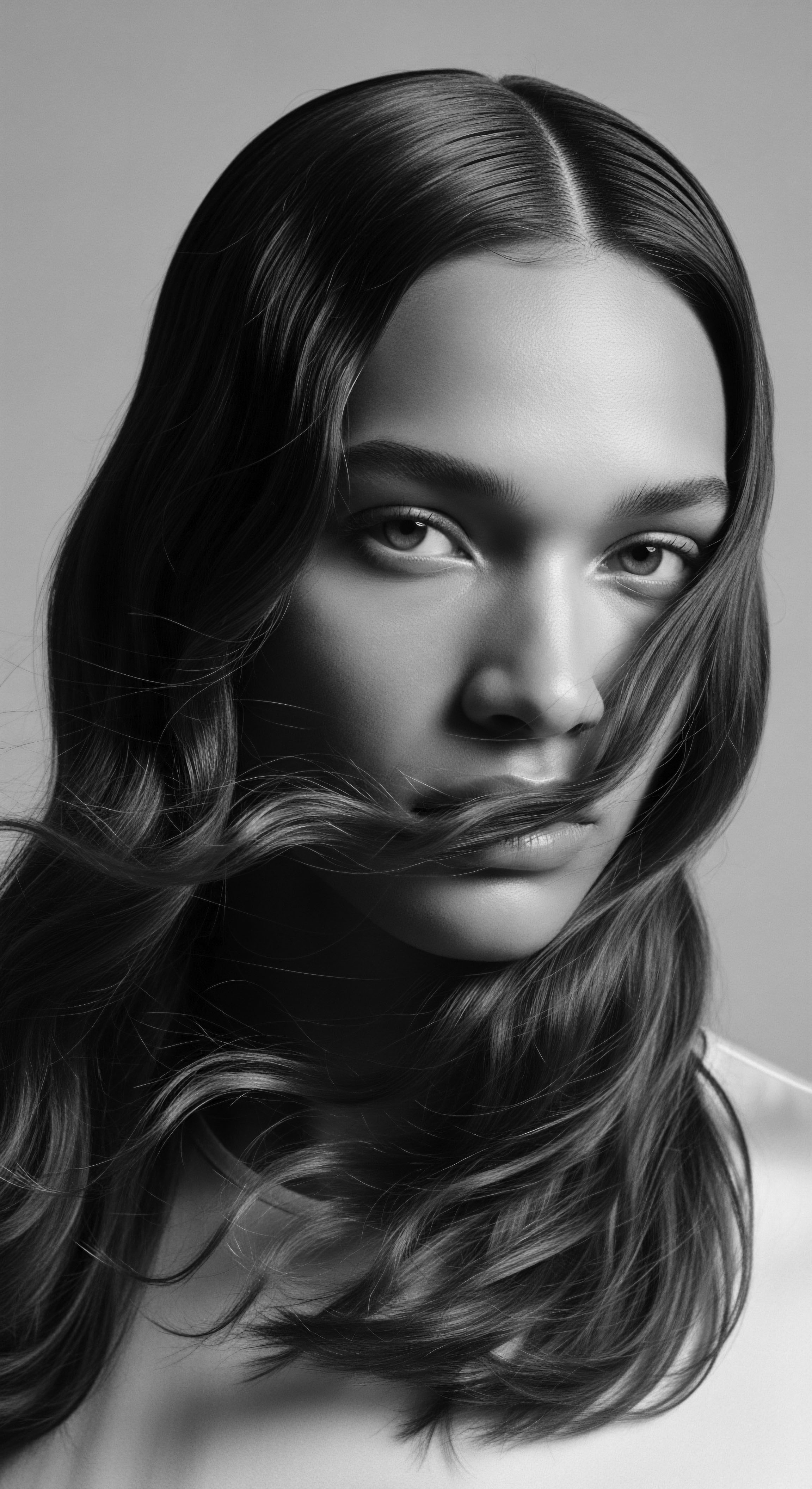
Elemental Influences on Hair Structure
Hair, at its core, is a biological fiber, yet its physical manifestation responds acutely to its surroundings. The cuticle, the outermost layer of the hair shaft, acts as a shield, but it is constantly challenged by environmental aggressors.
- Humidity ❉ Variations in atmospheric moisture levels cause the hair shaft to swell or contract, impacting curl definition and increasing the likelihood of frizz. Hair’s hygroscopic nature means it absorbs water from the air, a process more pronounced in textured hair due to its elliptical shape and exposed cuticle layers.
- Temperature ❉ Extreme heat, whether from the sun or styling tools, can degrade the hair’s protein structure, leading to weakened bonds and increased susceptibility to breakage. Conversely, cold, dry air can strip hair of its natural oils, promoting a parched feel.
- Sunlight (UV Radiation) ❉ Prolonged exposure to ultraviolet radiation damages melanin, the pigment responsible for hair color, leading to fading. It also compromises the integrity of keratin proteins, diminishing elasticity and strength, making textured hair, which can already be more prone to breakage, even more vulnerable. Research indicates that textured hair can be more sensitive to UVR damage than straight hair, affecting cuticle and hair surfaces through decreased lipid content and tensile strength (Mali et al. 2024).
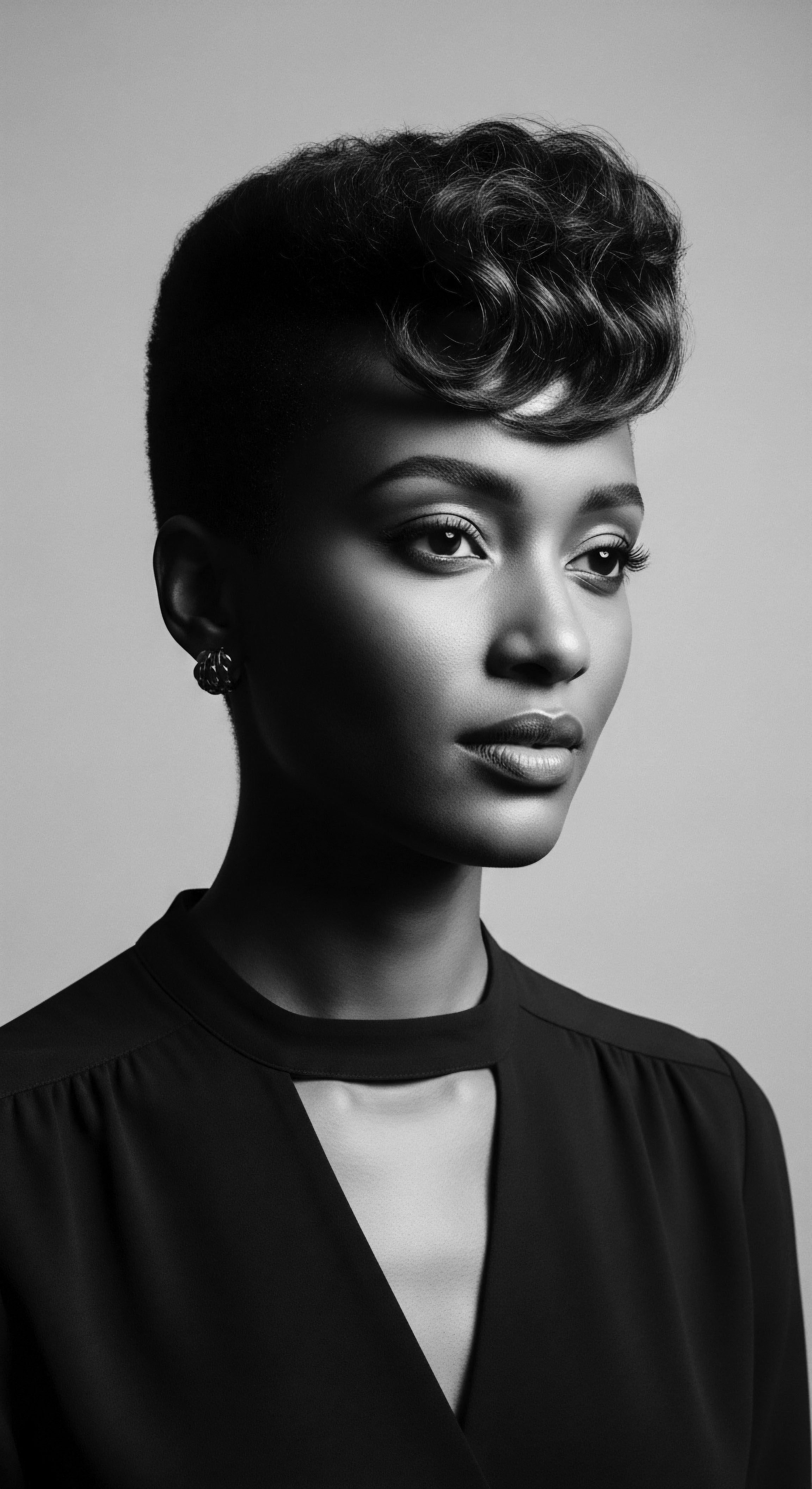
Historical Adaptations to Environment
Ancestral communities understood the environmental demands on their hair long before modern science articulated the mechanisms. Their care practices were often direct responses to the climate and available natural resources. From the sun-drenched savannas to the humid rainforests, traditional methods developed to protect, nourish, and adorn hair, transforming challenges into opportunities for creative expression and resilience.
For generations, indigenous communities across Africa utilized the bounties of their natural landscapes to formulate hair care rituals. They employed a variety of plant-based ingredients, such as shea butter for deep moisture and sun protection, and various plant extracts for cleansing and strengthening. These practices were not arbitrary; they were deeply rooted in observation, passed down through oral traditions, and refined over centuries to maintain hair health amidst diverse environmental conditions.
| Environmental Challenge Intense Sun Exposure |
| Ancestral Practice / Ingredient Shea Butter (Karité) application to hair and scalp. |
| Modern Scientific Link (Heritage Connection) Rich in fatty acids and vitamins, offering natural UV protection and moisture retention for hair prone to dryness. |
| Environmental Challenge Dry Air / Moisture Loss |
| Ancestral Practice / Ingredient Baobab Oil or seed extracts for sealing moisture. |
| Modern Scientific Link (Heritage Connection) Contains essential fatty acids, aiding in barrier function to prevent water evaporation from the hair shaft. |
| Environmental Challenge Dust / Particulate Matter |
| Ancestral Practice / Ingredient Clay-based washes (e.g. Rhassoul clay) for cleansing. |
| Modern Scientific Link (Heritage Connection) Clays gently absorb impurities and excess oil without stripping natural moisture, maintaining scalp health. |
| Environmental Challenge Limited Water Availability |
| Ancestral Practice / Ingredient Oiling rituals and protective styles (braids, twists). |
| Modern Scientific Link (Heritage Connection) Minimizes need for frequent washing, preserving natural oils and reducing manipulation, thereby preventing breakage. |
| Environmental Challenge These practices highlight a deep ecological wisdom, demonstrating how ancestral communities harmonized with their environment to preserve hair health and cultural identity. |
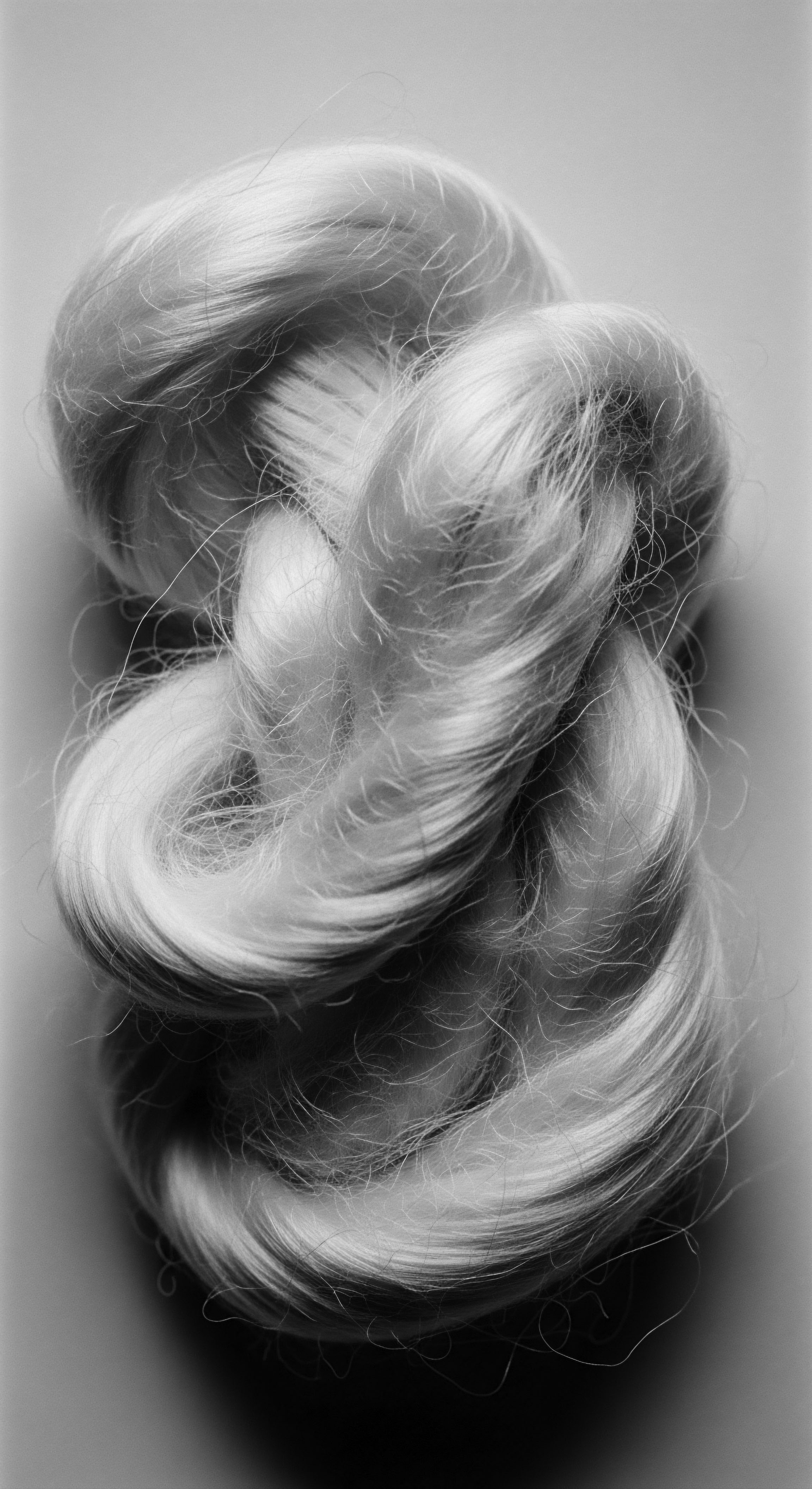
Intermediate
Moving beyond the foundational understanding, the Environmental Hair Impact acquires a more profound meaning when viewed through the lens of collective experience and historical adaptation. It is not solely about the direct physical effects of nature upon the hair strand; it also encompasses the socio-environmental pressures that have shaped how textured hair is perceived, cared for, and expressed across generations and geographies. This deeper interpretation clarifies the continuous dialogue between hair, human ingenuity, and the prevailing conditions of existence, particularly within Black and mixed-race communities.
Consider the diaspora, where forced migrations scattered people of African descent across new continents, exposing their hair to vastly different climates, water compositions, and societal expectations. The ancestral practices of hair care, once intimately linked to specific regional flora and communal rituals, had to undergo profound transformations. This period necessitated incredible resourcefulness, as individuals adapted their methods with whatever was available, sometimes resorting to unlikely substances like bacon grease or kerosene to manage hair that was now viewed through a lens of racialized inferiority (Heaton, 2021). The very act of caring for textured hair became an act of resistance, a quiet assertion of self in environments designed to strip identity.
The Environmental Hair Impact extends beyond physical elements, encompassing the societal pressures and historical contexts that have profoundly influenced the journey of textured hair.
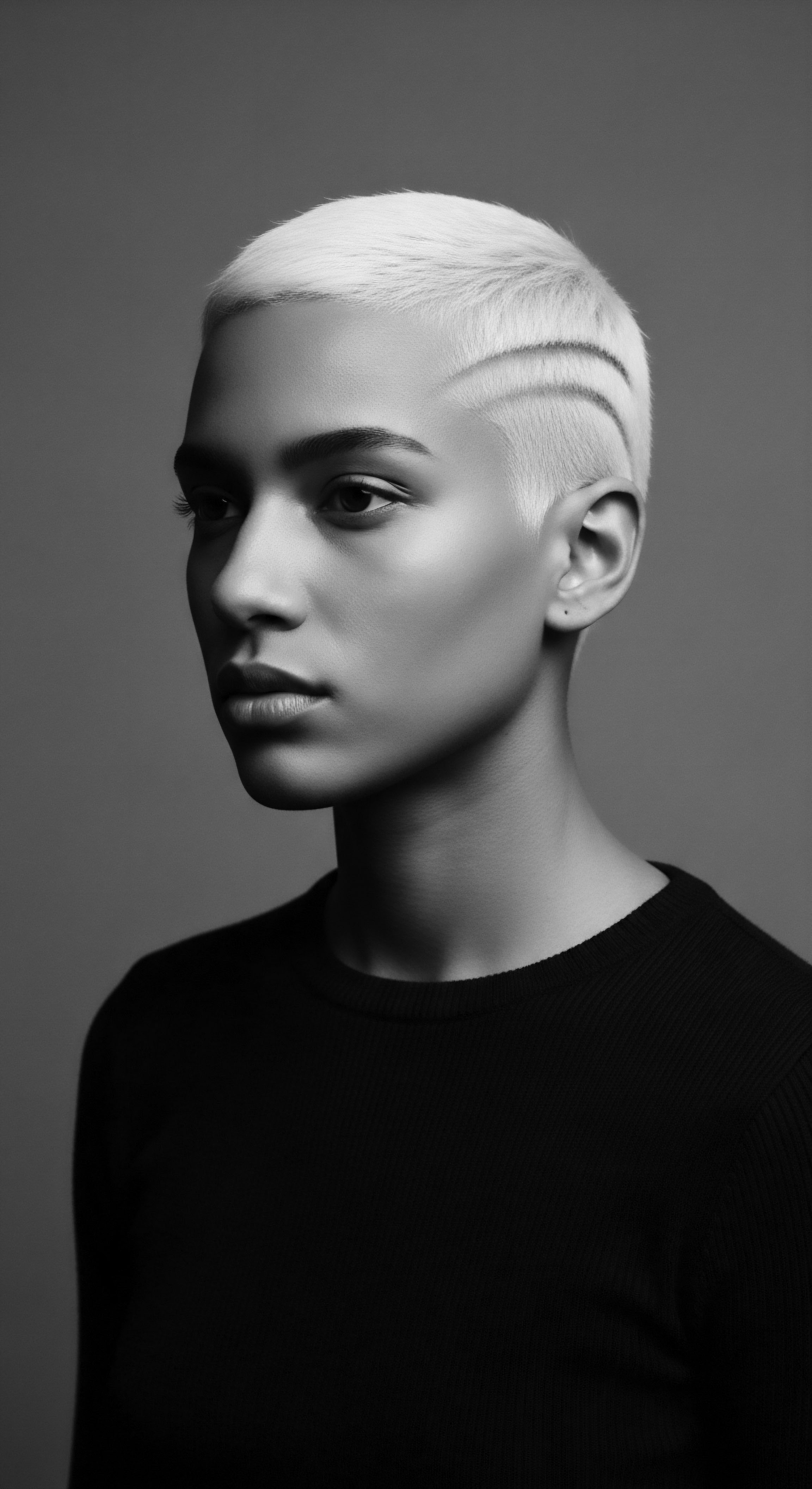
The Tender Thread ❉ Hair as a Cultural Barometer
Hair serves as a remarkable barometer for the social climate, registering shifts in power, beauty standards, and collective identity. The Environmental Hair Impact, in this sense, includes the societal environment – the attitudes, policies, and economic realities that dictated hair choices and care. For textured hair, this has often meant navigating a landscape where Eurocentric beauty ideals predominated, forcing a disassociation from natural textures or an adoption of chemically altering practices.
- Colonial Influences ❉ The imposition of European beauty standards during colonial periods and slavery directly impacted hair care practices. Enslaved Africans were often stripped of their traditional tools and ingredients, their heads sometimes shaved as a dehumanizing act, or forced to cover their hair (Byrd & Tharps, 2014). This cultural disruption led to new, often damaging, adaptations.
- Resourcefulness and Adaptation ❉ Despite immense adversity, the spirit of ancestral wisdom persisted. Enslaved people and their descendants developed ingenious methods to care for their hair, using available materials like cornrows to create intricate styles that could even conceal seeds for survival (Quampah et al. 2023). This period highlights the profound connection between environmental scarcity and creative adaptation in hair care.
- The Headwrap’s Story ❉ The widespread adoption of headwraps across the diaspora is a poignant example of environmental hair impact. Originally used for protection from the elements and as cultural markers in West Africa, headwraps in the Americas became a symbol of both enforced subjugation and resilient identity. They shielded hair from harsh labor conditions while simultaneously serving as a powerful, non-verbal declaration of heritage and dignity (Simon, 2021; Leone Culture, 2023; Africa Imports, 2023; Afro Street, 2025).
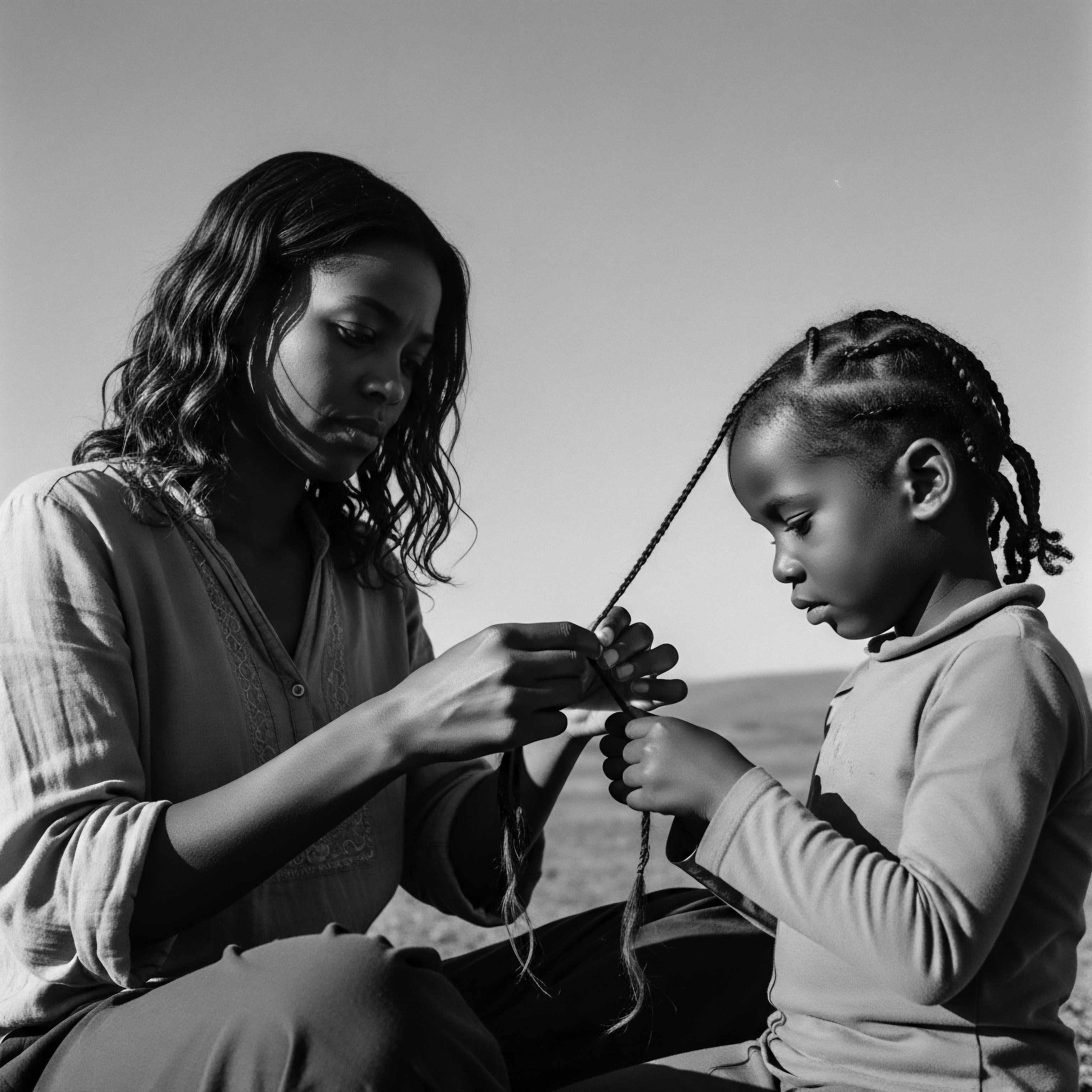
Geographic and Climatic Adaptations
The movement of African peoples across the globe introduced their hair to diverse environmental conditions, necessitating adaptive care strategies. The physical properties of textured hair, such as its natural coils and unique lipid composition, react differently to varying humidity levels, temperatures, and water mineral content found in new lands.
For instance, the dry heat of some American Southern states or the colder, less humid climates of European regions presented new challenges. Hair that once thrived in the consistent humidity of West Africa now required different approaches to maintain moisture and prevent breakage. This environmental shift prompted the experimentation with new oils, emollients, and styling techniques to protect the hair from environmental desiccation or excessive swelling. The communal knowledge of hair care, a cornerstone of African societies, continued to serve as a vital mechanism for sharing these adaptations, ensuring the survival of healthy hair practices amidst changing environmental realities.
| Geographic Environment West Africa (Origin) |
| Climatic Characteristics High humidity, warm temperatures. |
| Hair Challenges for Textured Hair Moisture retention, protection from sun, managing density. |
| Diasporic Hair Care Adaptations Shea butter, palm oil, plant extracts, communal braiding. |
| Geographic Environment The Americas (Plantation Era) |
| Climatic Characteristics Varied (humid South, drier North), forced labor. |
| Hair Challenges for Textured Hair Severe dryness, breakage from labor, lack of traditional products. |
| Diasporic Hair Care Adaptations Headwraps for protection, ingenious use of available oils (e.g. bacon grease), covert braiding. |
| Geographic Environment Urbanized Western Societies |
| Climatic Characteristics Pollution, indoor heating/AC, lower humidity. |
| Hair Challenges for Textured Hair Environmental buildup, dryness, need for deep conditioning. |
| Diasporic Hair Care Adaptations Protective styles (locs, braids), specialized conditioners, increased emphasis on scalp care. |
| Geographic Environment The journey of textured hair across the diaspora reflects a continuous, dynamic response to environmental pressures, both natural and human-imposed, demonstrating remarkable resilience and ingenuity. |
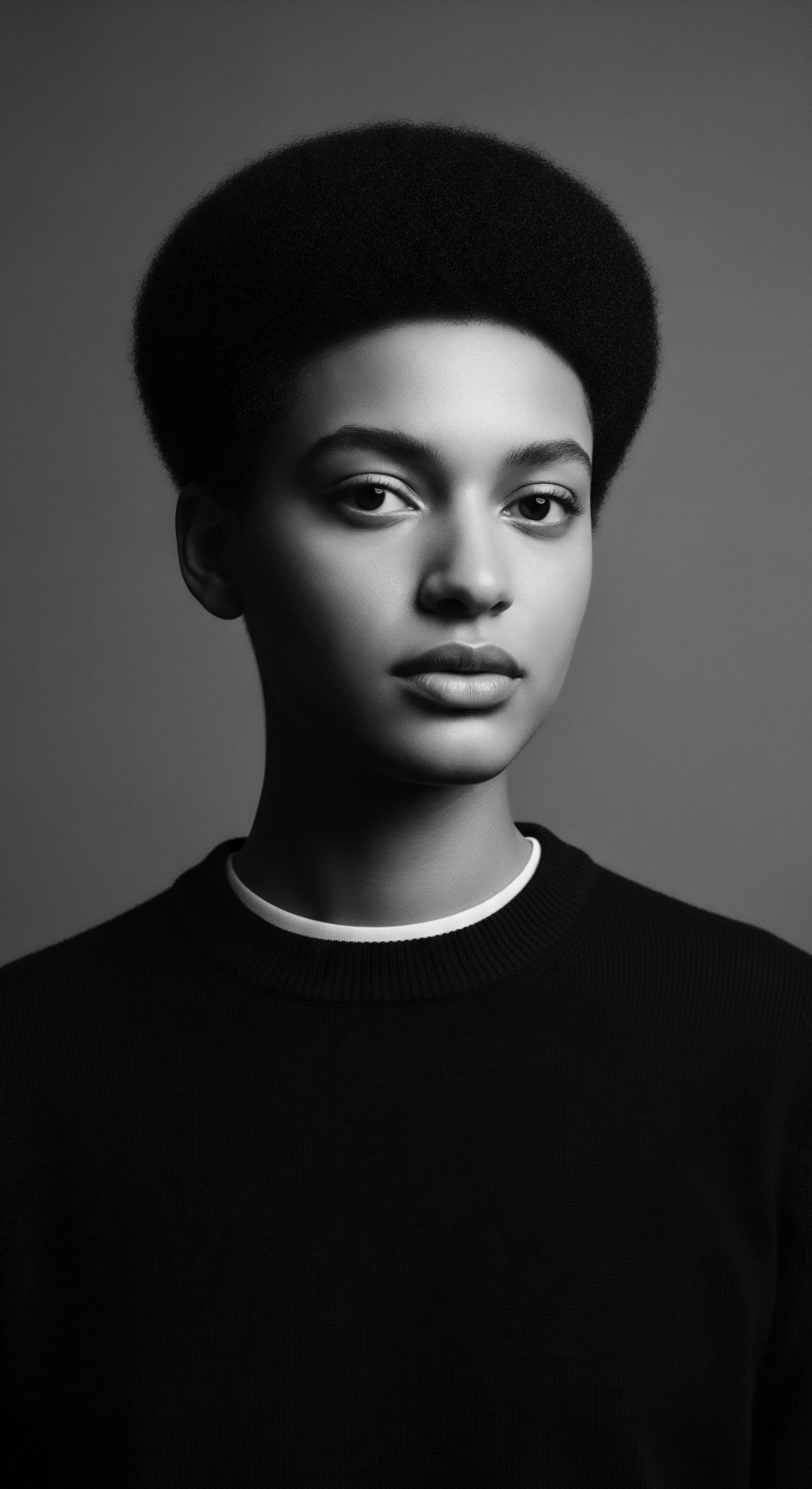
Academic
The Environmental Hair Impact, understood at an academic level, constitutes a comprehensive scholarly framework for analyzing the dynamic interplay between the physical, chemical, biological, and socio-cultural environments and their effects on hair, with a particular emphasis on the distinct characteristics and historical experiences of textured hair. This conceptualization extends beyond mere superficial damage, delving into the epigenetic modifications, molecular responses, and systemic societal pressures that sculpt hair’s morphology, health, and symbolic value across the human experience. It represents a multidisciplinary inquiry, drawing from fields such as dermatological science, ethnobotany, cultural anthropology, environmental justice, and historical sociology to delineate its full complexity. The meaning of this term is therefore not static; it is a fluid interpretation, continuously enriched by research that illuminates the intricate connections between our hair and the world that surrounds it.
This sophisticated interpretation acknowledges that hair, particularly textured hair, functions as a highly sensitive bio-indicator, registering not only the presence of pollutants or UV radiation but also the invisible currents of social oppression and cultural resilience. Its physical state, from porosity to elasticity, is influenced by the chemical composition of water, the particulate matter in the air, and the nutritional availability of a given ecosystem. Concurrently, the cultural and historical environment dictates practices of hair manipulation, the availability of care products, and the very standards by which hair is deemed acceptable or beautiful. This dual influence, where the external world physically alters the hair fiber while simultaneously shaping its cultural narrative, represents the profound and layered significance of the Environmental Hair Impact.
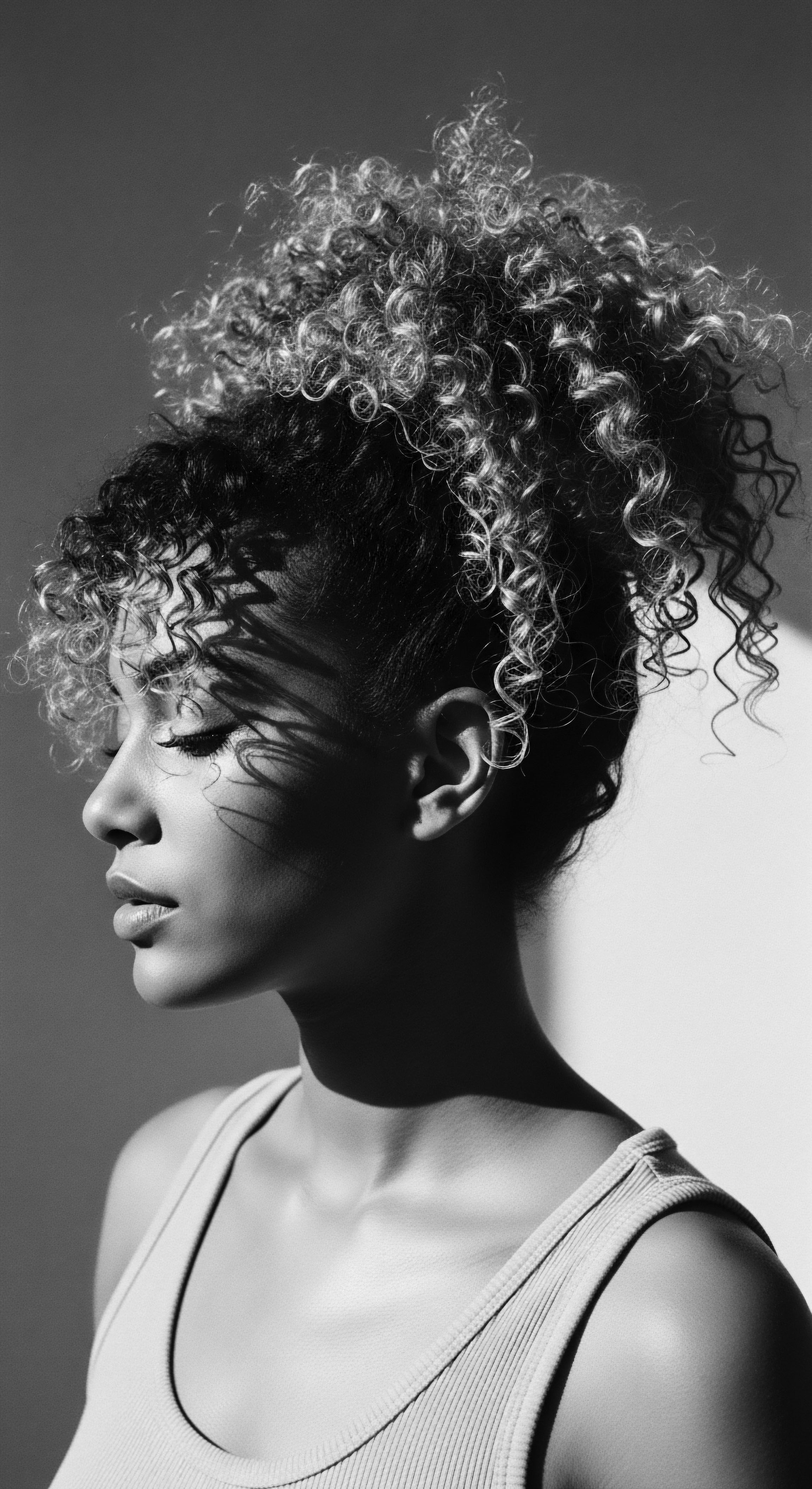
Echoes from the Source ❉ Biological and Ancestral Foundations
At its elemental biological stratum, textured hair possesses a unique helical structure, characterized by its elliptical cross-section and uneven distribution of keratin proteins, which confers its characteristic curl patterns. This inherent morphology, while visually captivating, also presents distinct challenges regarding environmental susceptibility. The open nature of the cuticle layers in highly coiled hair, for example, can render it more prone to moisture loss in dry climates and greater absorption of environmental aggressors, including airborne pollutants and hard water minerals. The significance of this structural reality is amplified when considering the ancestral environments where these hair types evolved.
For millennia, African communities developed sophisticated, empirical hair care systems deeply intertwined with their local ecosystems. These practices were not rudimentary; they represented a refined traditional knowledge, passed down through oral histories and communal rituals, aimed at mitigating the harshness of tropical sun, dust, and varying humidity. The use of natural emollients like Shea Butter (Vitellaria paradoxa) and Palm Oil (Elaeis guineensis) provided natural UV protection and moisture retention, while traditional cleansing agents derived from plants helped maintain scalp health without stripping vital lipids. These methods exemplify an ancestral understanding of environmental hair impact, a pragmatic wisdom that pre-dates modern scientific nomenclature but aligns with contemporary dermatological principles.
The Environmental Hair Impact is a dynamic, multidisciplinary concept, reflecting how physical and socio-cultural environments profoundly shape hair, particularly textured hair, and its symbolic meaning.
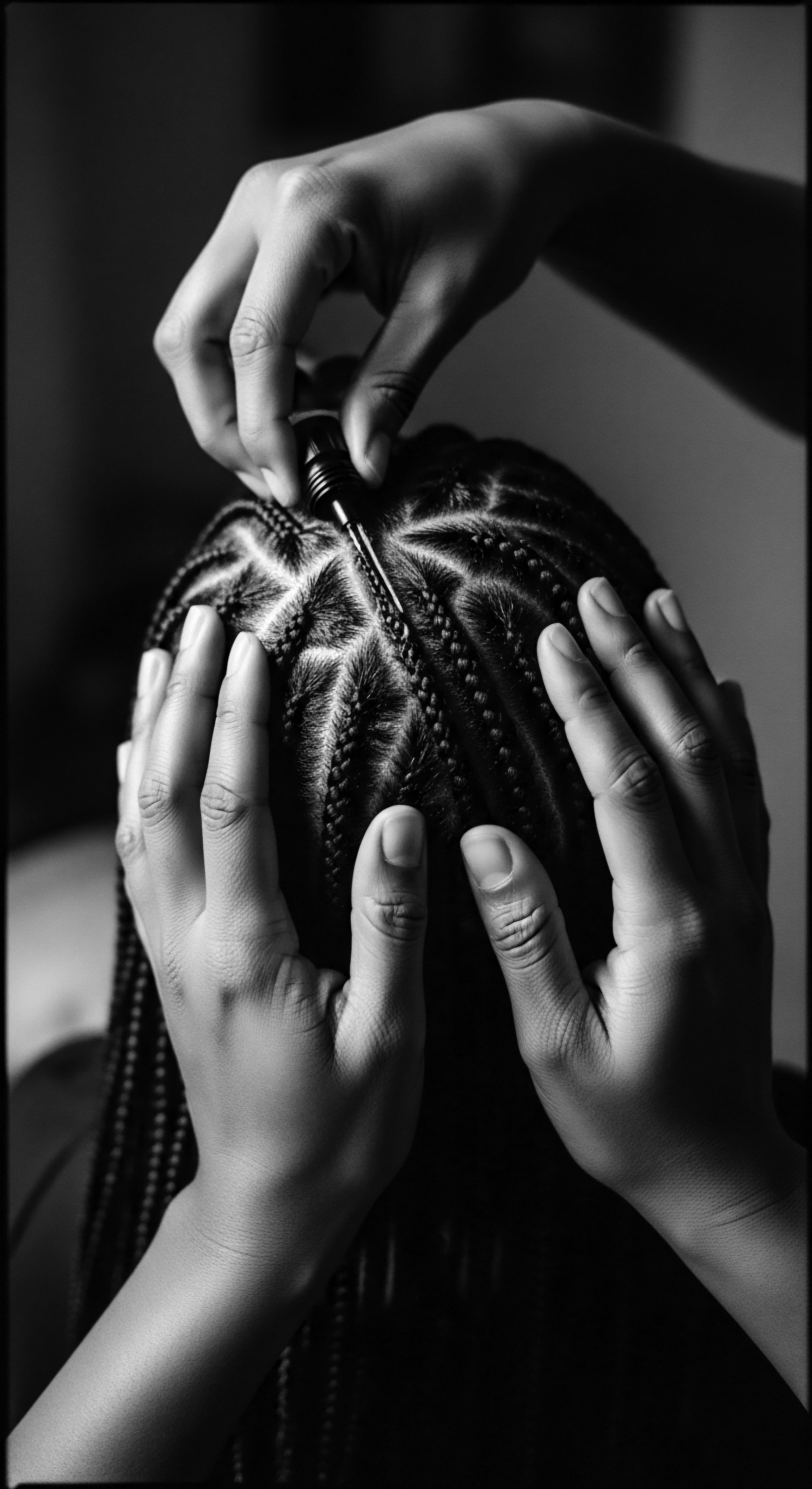
The Unbound Helix ❉ Societal and Historical Determinants
The journey of textured hair, however, cannot be fully appreciated without confronting the profound and often brutal socio-historical environments it has navigated. The transatlantic slave trade stands as a singular, devastating event that fundamentally reshaped the Environmental Hair Impact for millions of people of African descent. Beyond the physical displacement and the introduction to new climates, the institution of slavery imposed a systemic environmental assault on Black identity, where hair became a primary site of dehumanization and control.
Upon arrival in the Americas, enslaved Africans frequently had their heads shaved, a deliberate act designed to strip them of their cultural identity, severing ties to ancestral practices where hair communicated status, tribal affiliation, and spiritual connection (Byrd & Tharps, 2014; Jackson & Rodriguez, 2023). This act was a direct, violent environmental manipulation, removing the physical manifestation of heritage and forcing adaptation under duress. The subsequent conditions of forced labor in harsh climates, coupled with the denial of traditional tools and natural ingredients, compelled enslaved individuals to innovate.
They repurposed readily available substances like bacon grease or butter to lubricate and protect their hair, making do with what little was accessible (Heaton, 2021). This forced ingenuity, born of extreme environmental and social constraint, speaks volumes about the resilience inherent in textured hair heritage.
A powerful historical example of this adaptive resilience is the strategic use of Cornrows during the transatlantic slave trade. Beyond their aesthetic or protective qualities, cornrows served as covert maps for escape routes, with intricate patterns indicating paths to freedom, rivers, or safe houses (Quampah et al. 2023). This historical case study, though perhaps less commonly cited in general hair science discourse, vividly illustrates the profound cultural and survivalist dimensions of the Environmental Hair Impact.
Here, hair was not merely affected by the environment; it actively reshaped the human response to an oppressive one, transforming a vulnerable biological asset into a tool of liberation. This specific historical adaptation, driven by extreme socio-environmental pressure, offers a compelling illustration of how hair care practices can be imbued with deep cultural and political significance, moving beyond superficial beauty to embody resistance and survival.
The “good hair/bad hair” dichotomy, a legacy of slavery and Eurocentric beauty standards, further illustrates the Environmental Hair Impact as a socio-cultural phenomenon. Hair texture was weaponized to create a caste system, where lighter skin and straighter hair often afforded preferential treatment within the brutal hierarchy of plantation life (Jackson & Rodriguez, 2023; Wong et al. 2025).
This environmental pressure to conform led to widespread adoption of chemical relaxers and hot combs in subsequent centuries, devices that physically altered hair texture to align with dominant aesthetic norms, often at the expense of hair health. The enduring psychological and physical consequences of this historical imposition continue to shape hair care practices and identity formation within Black and mixed-race communities today.
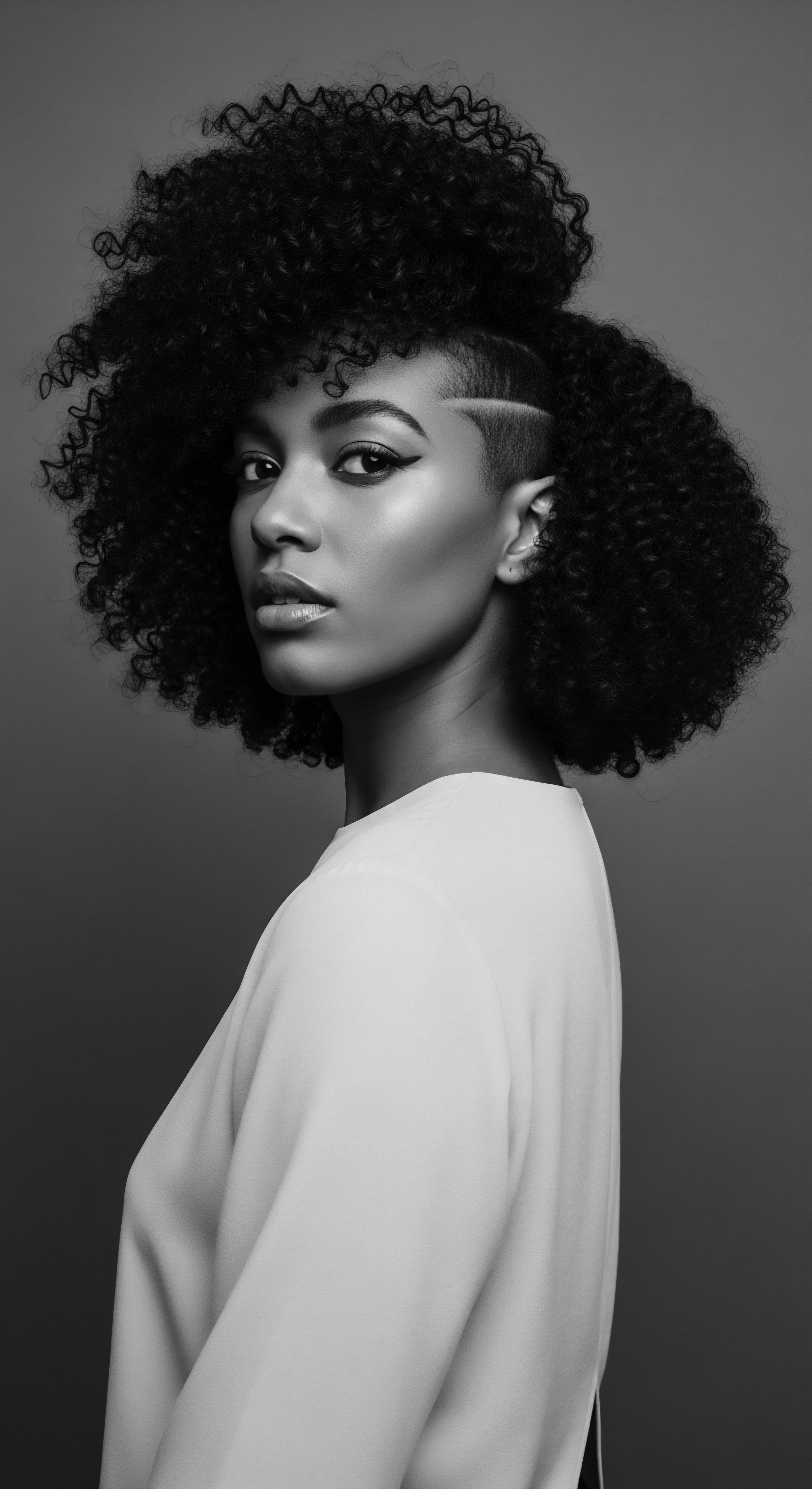
Interconnected Incidences and Long-Term Consequences
The Environmental Hair Impact also manifests in contemporary society through the lens of environmental justice. Communities of color, often disproportionately exposed to industrial pollution and living in urban environments with poorer air and water quality, experience a unique set of challenges for hair health. The chemical load from airborne particulates, heavy metals in water, and microplastics can accumulate on the hair and scalp, contributing to dryness, irritation, and breakage. This environmental burden interacts with the inherent structural characteristics of textured hair, potentially exacerbating issues of fragility and moisture retention.
Moreover, the economic environment significantly shapes hair care. Access to clean water, nutrient-rich foods, and quality hair products designed for textured hair remains an inequitable reality for many. The long-term consequences of historical environmental hair impact include not only the physical changes to hair over generations but also the psychological burden of navigating a world that often devalues natural textured hair. The meaning of Environmental Hair Impact, therefore, extends to the ongoing struggle for self-acceptance and the reclamation of ancestral hair traditions as acts of personal and communal wellness.
The continuous evolution of hair care practices within the diaspora, from traditional plant-based remedies to the modern natural hair movement, signifies a persistent drive to align hair care with holistic well-being and cultural authenticity. This dynamic process underscores the idea that understanding the Environmental Hair Impact is not merely an academic exercise; it is a vital step in fostering a deeper appreciation for the resilience of textured hair and its profound connection to heritage.
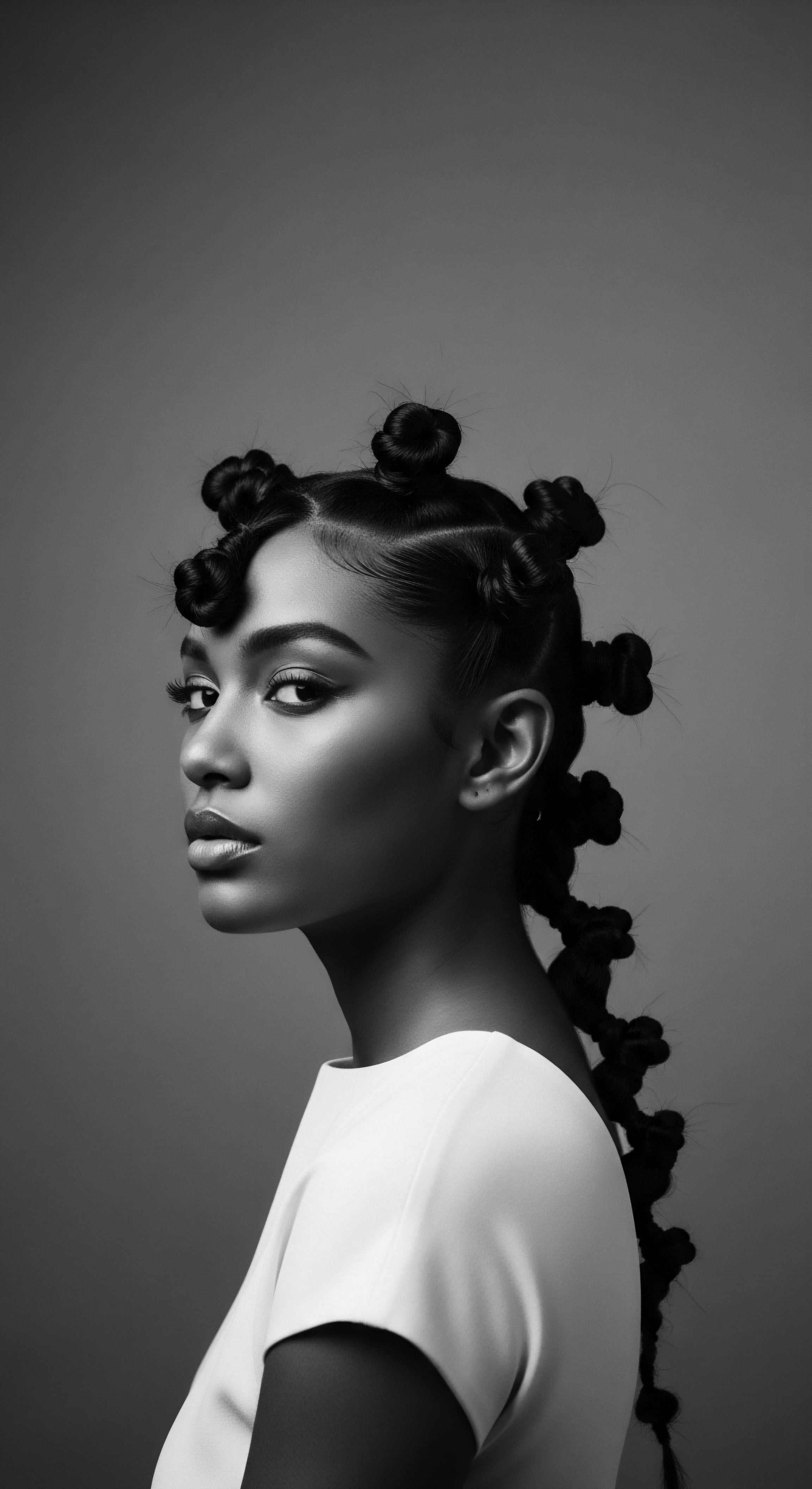
Reflection on the Heritage of Environmental Hair Impact
As we consider the profound meaning of the Environmental Hair Impact, it becomes clear that hair, particularly textured hair, is far more than a biological fiber; it is a sacred archive, a living testament to journeys of adaptation, resilience, and unwavering identity. Each coil, every strand, holds the memory of ancestral sun, the whisper of ancient winds, and the echoes of hands that lovingly tended it through generations. The very texture of hair, sculpted by genetics and environment, tells a story of survival, of wisdom passed down in hushed tones, and of ingenuity forged in the crucible of adversity.
This understanding beckons us to look beyond superficial concerns, inviting a deeper reverence for the intricate connection between our strands and the world that shaped them. It encourages us to see the environmental factors not merely as external forces, but as collaborators in the grand narrative of hair heritage. The sun, the soil, the very water we use – all have contributed to the unique beauty and strength of textured hair, just as the historical and social environments have imbued it with layers of cultural significance. Honoring this profound relationship means acknowledging the enduring spirit of those who came before us, who, with limited resources and immense spirit, maintained their hair as a beacon of selfhood.
Textured hair is a sacred archive, embodying ancestral resilience and ingenuity in its profound connection to environmental and historical forces.
The ‘Soul of a Strand’ ethos, which guides Roothea’s philosophy, finds its deepest resonance in this holistic view of the Environmental Hair Impact. It is a call to recognize that the care we extend to our hair today is a continuation of an ancient dialogue, a conscious act of connection to a rich and vibrant lineage. By understanding how environments – both natural and human-made – have sculpted hair over time, we gain not only practical knowledge for its care but also a profound sense of belonging and pride in our heritage. This reflection compels us to view our hair not as something to be tamed or altered to fit fleeting standards, but as an integral part of our being, a vibrant expression of an unbroken chain of ancestral wisdom and enduring beauty.
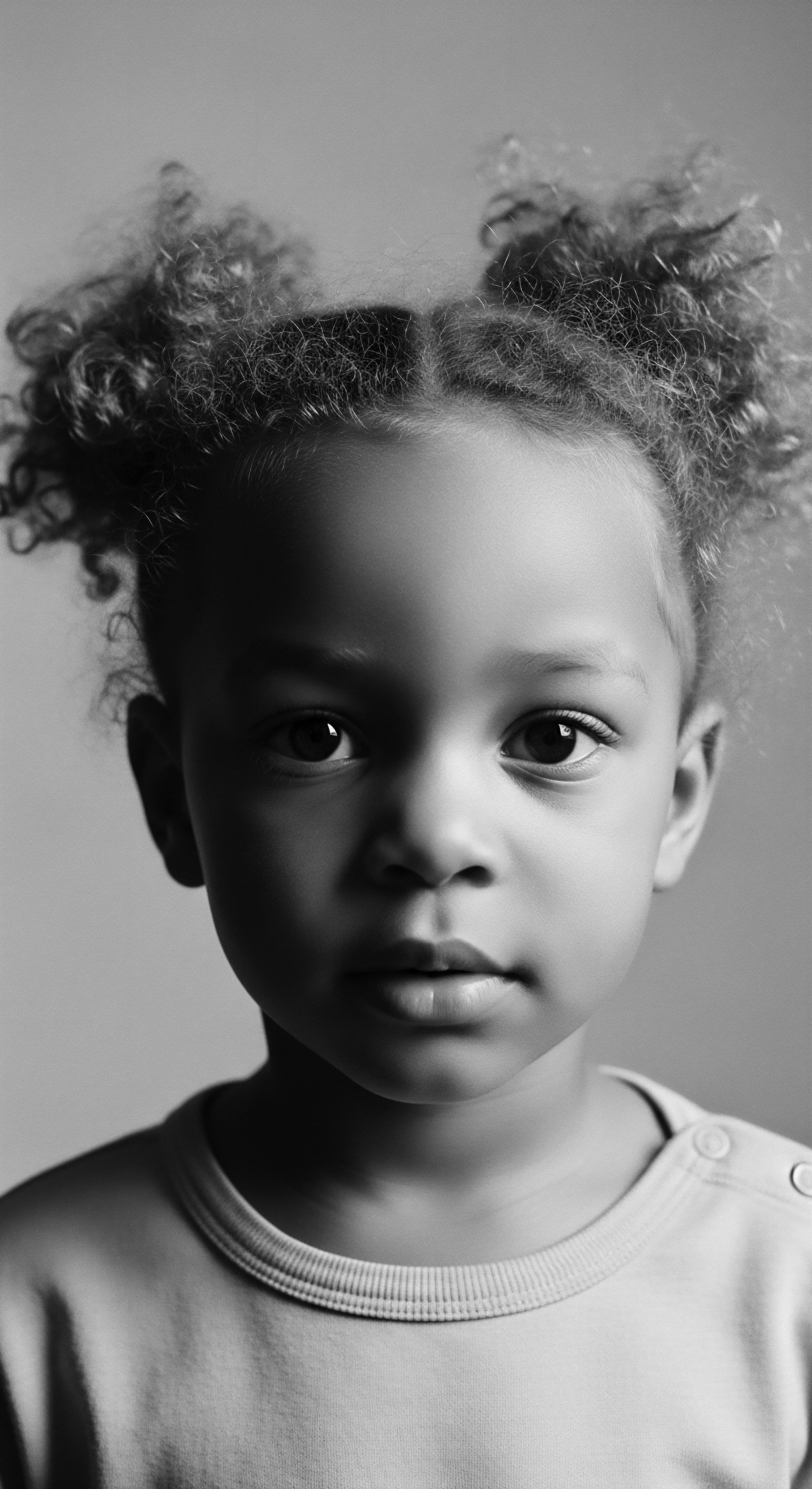
References
- Byrd, A. D. & Tharps, L. L. (2014). Hair story ❉ Untangling the roots of Black hair in America. St. Martin’s Press.
- Heaton, S. (2021). Heavy is the Head ❉ Evolution of African Hair in America from the 17th c. to the 20th c. Library of Congress.
- Jackson, B. & Rodriguez, A. (2023). What Every Dermatologist Must Know About the History of Black Hair. Journal of Drugs in Dermatology, 22(11), 1056-1060.
- Leone Culture. (2023). Exploring the Significance Of Headwraps In African Fashion And Traditions. Leone Culture.
- Mali, P. Pissavini, M. & Khazaka, M. (2024). Exploring the Use of Natural Ingredients for the Protection of Textured Hair from Ultraviolet Radiation ❉ An In Vitro Study. Cosmetics, 11(3), 67.
- Quampah, B. Owusu, E. Adu, V. N. F. A. Opoku, N. A. Akyeremfo, S. & Ahiabor, A. J. (2023). Cornrow ❉ A Medium for Communicating Escape Strategies during the Transatlantic Slave Trade Era ❉ Evidences from Elmina Castle and Centre for National Culture in Kumasi. International Journal of Research and Innovation in Social Science, 7(5), 1084-1094.
- Simon, D. (2021). Hair ❉ Public, Political, Extremely Personal. HarperCollins. (Cited indirectly through Heaton, 2021)
- Wong, N. Williams, K. Tolliver, S. & Potts, G. (2025). Historical Perspectives on Hair Care and Common Styling Practices in Black Women. Journal of Drugs in Dermatology, 24(3), 290-294.
